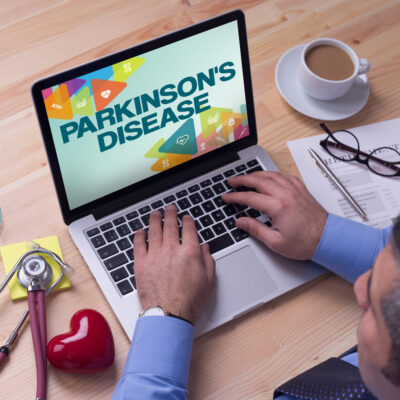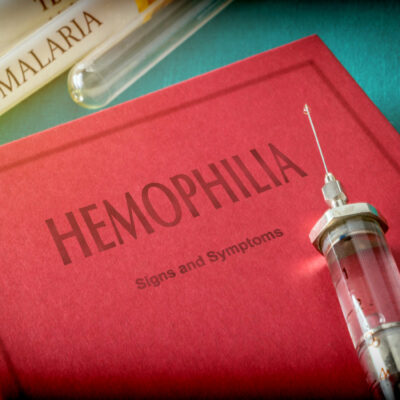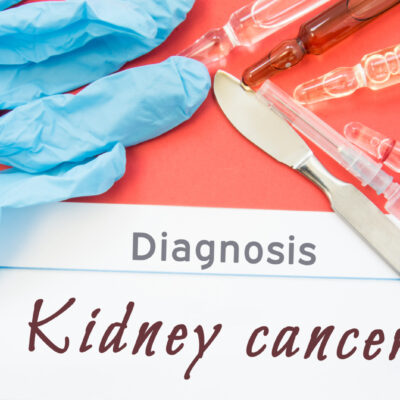
Health
The Worst Cities to Live for Migraine Sufferers
And Remedies for Migraine Relief and Prevention Migraine headaches are a debilitating medical condition that affects millions of people worldwide. While there are several medical treatments available, including Advil, Excedrin, Qulipta, Nurtec, Ubrelvy, and Aimovig, environmental factors can also have a significant impact on the frequency and severity of migraine headaches—such as pollution, traffic, and noise. In this article, we will explore the five worst cities to live in for migraine sufferers and explain why these cities are troublesome for individuals living with migraines: 1. Phoenix, Arizona Phoenix is notorious for its extreme heat, which can trigger migraines in many individuals. The city also experiences high levels of air pollution, which can further exacerbate migraines. Additionally, the city’s rapid expansion has resulted in heavy traffic congestion, which can cause stress and tension that can trigger migraines. 2. New York City, New York New York City is a bustling metropolis with high levels of noise, pollution, and stress, all of which can trigger migraines. The city’s crowded and noisy streets, as well as the constant construction and sirens, can be overwhelming for individuals with migraines. The city’s bright lights can also be a trigger for those who are sensitive to light.
Read More 















